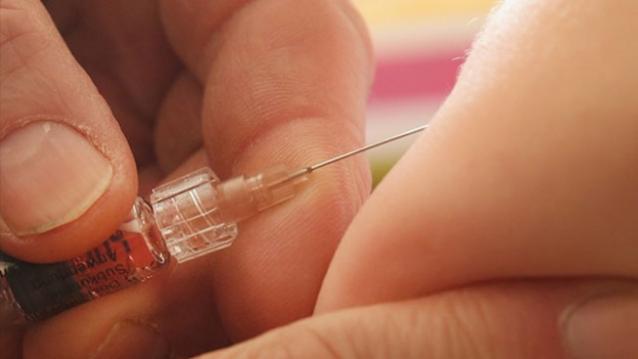Scientists have found a new method to deliver anaesthesia using a tiny electric current instead of a needle. The advance could help improve dental procedures and avoid contamination and infection, researchers said. “Needle free administration could save costs, improve patient compliance, facilitate application and decrease the risks of intoxication and contamination,” said Renata Fonseca Vianna Lopez, from the University of Sao Paulo.
Dentists often have to carry out invasive and painful procedures in the mouth and use anaesthetics to minimise their discomfort. However, many patients are extremely afraid of these injections, resulting in them postponing and even cancelling visits to the dentist.
Researchers found that applying a tiny electric current a process called iontophoresis, made the anaesthetics more effective. The researchers first prepared the anaesthetic hydrogels with a polymer to help it stick to the lining of the mouth.
They added two anaesthetic drugs, prilocaine hydrochloride and lidocaine hydrochloride. They tested the gel on the mouth lining of a pig, applying a tiny electric current to see if it made the anaesthetic more effective. The anaesthesia was fast-acting and long-lasting. The electric current made the prilocaine hydrochloride enter the body more effectively; the permeation of the anaesthetic through the mouth lining increased 12-fold.
PTI
